ANN/THE STAR – The journey began with an ill-fitting hat. About few years ago, DJ Mohd Zulhilmi Fikri Md Yussof received a fedora hat from a colleague who recommended him to wear during his performance. Mohd Zulhilmi was happy to comply… except that the hat didn’t fit – it was a tad too loose.
“Instead of stashing it in the closet, I decided to try and modify it myself as I have some basic sewing skills,” he said. “I began looking up ‘hat making techniques’ on the Internet and watched many videos tutorials on YouTube.
“That’s when I discovered a YouTube channel called Hats By Grizz by a hat maker named Lil Grizz from Kansas, in the United States. I really liked Grizz’s traditional way of making hats and the helpful tips he shared. I used the methods he suggested to resize my fedora hat, and was really happy with how it turned out.
“And that is how I started to get interested in hat making,” said Mohd Zulhilmi, 38, in a Zoom interview from his home in Langkawi, Malaysia.
Encouraged by this initial success, Mohd Zulhilmi decided to take his interest a step further and, pretty soon, this new-found hobby became a flourishing home business.
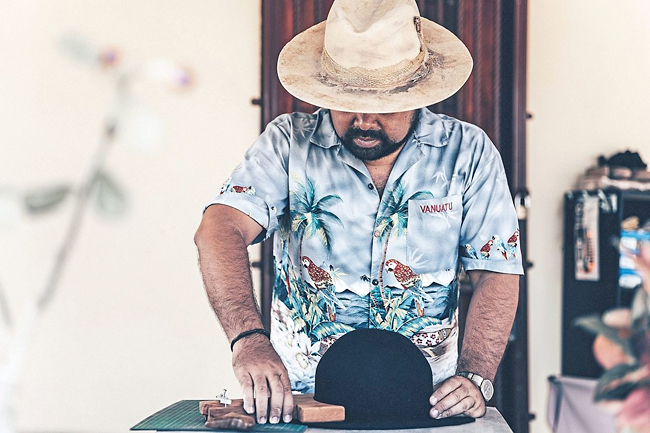
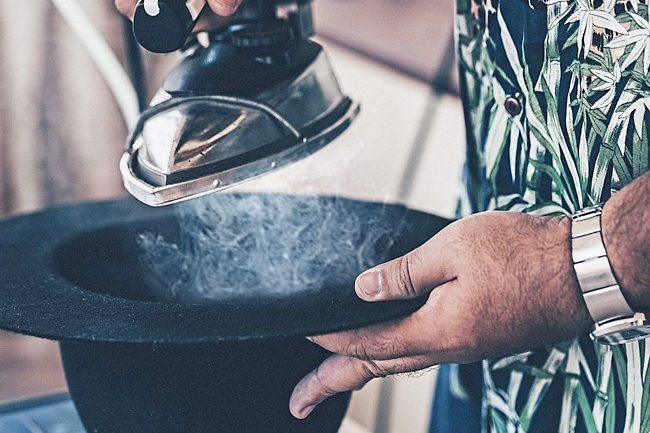
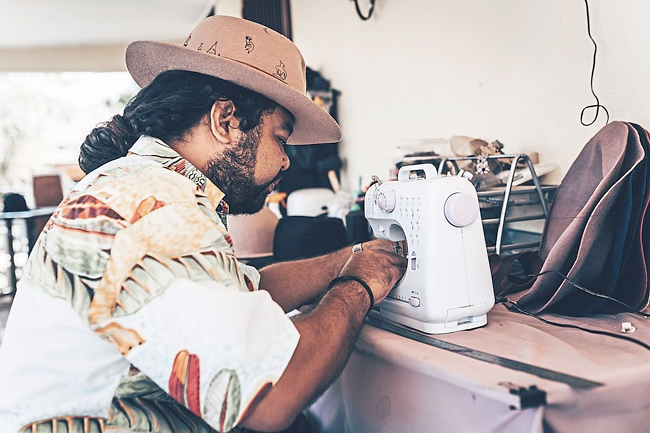
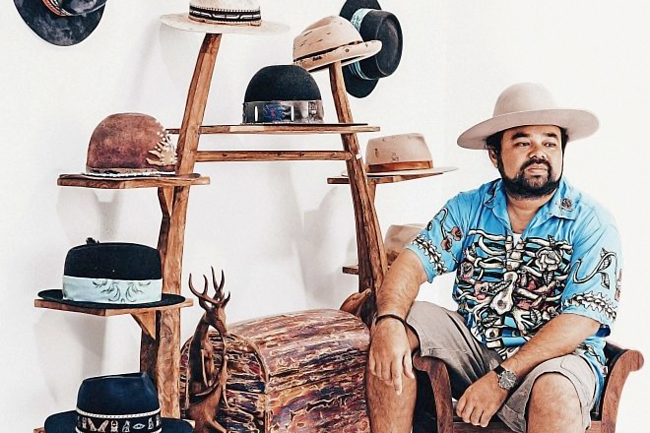
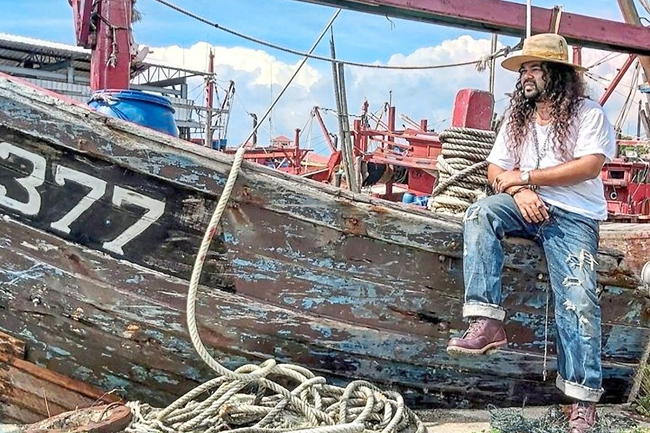
UNIQUE STYLES
As a deejay, Mohd Zulhilmi or DJ Amy Margarex as he is known, isn’t just interested in spinning beats – he’s all about cultivating a “rugged, free-spirited” vibe on stage.
But, while he is a maestro behind the turntables, he dons a completely different hat – quite literally – in his downtime, meticulously crafting bespoke head wear for clients, both in and out of Malaysia.
Born and raised in Kuala Kedah, Kedah, he is one of many individuals these days who are harnessing the power of online platforms to pick up new skills, master them and turn it into income-generating opportunities.
“The Internet is amazing with so much to learn. Many people have improved their skills, including cooking, crafting and gardening by watching online videos. Grizz and I are online buddies now, and he’s always willing to guide me every step of the way.
“I never thought I could make extra money from running my small home-business making hats. Now, I have customers from across Malaysia and even Australia. It’s a new skill alongside my job as a deejay, adding more fun to my life,” shared Mohd Zulhilmi who has been running his side business since 2020. In an era dominated by mass production, hatters like Mohd Zulhilmi stand as guardians of age-old traditions, of course adding his own innovations to make his creations unique.
“Each handmade hat design is special. Seeing my customers confidently wear a unique hat that I created is the most rewarding experience. Knowing that they appreciate my work and order more hats is a source of happiness and validation for my craft.”
ALL ABOUT CRAFTMANSHIP
Crafting a felt hat from scratch is a meticulous process comprising several steps, each equally important in the creation of a unique, stylish and well-made headpiece, said Mohd Zulhilmi.
The process typically begins with selecting the wool to create the felt for the body of the hat. The chosen material is then soaked in hot water, to make it pliable for shaping.
“The shaping process, known as blocking, is a crucial step. The wet felt is stretched and molded over an oval cylinder-shaped hat block to achieve the desired form. The felt is then left to dry thoroughly, to make sure that it retains its shape.
“This can take up to four days, depending on how favourable the weather is,” explained Mohd Zulhilmi, who orders wool from suppliers in Britain. He had his oval-shaped hat block custom made by a carpenter in Langkawi.
Patience, he said, is crucial in the blocking process because of the sensitivity of the wool material.
“Even the slightest miscalculation during the blocking process can lead to a hat that doesn’t quite fit or loses its shape. Hat materials like felt are particularly susceptible to moisture, so maintaining control over the dampness during the blocking process is key in order to avoid any damage or distortion to the material and the product.”
STIFFENING THE HAT COMES NEXT
He applies a substance made from shellac flakes and polyvinyl alcohol to reinforce the felt so that it maintains its structure. This often also involves using a stiffening solution that is sprayed on.
Once the hat body is dried and stiffened, additional components like the brim and crown are shaped and attached to the body.
The crown, the top part of the hat, is steam ironed to achieve the desired contours.
His favourite part of the hat-making process is the decoration phase. Here, he employs techniques like burning (to even out fur fibres) and spray painting (to create a distressed look). He also enjoys adding embellishments onto his hats.
“Some designs, such as embroidered hats as well as painted hats that are embellished with leather and rhinestones can be challenging and require the use of a soldering iron. Staying positive and putting in the effort to ensure customer satisfaction are crucial in overcoming any challenges,” he said.
“I create designs from my imagination,” said Mohd Zulhilmi.




